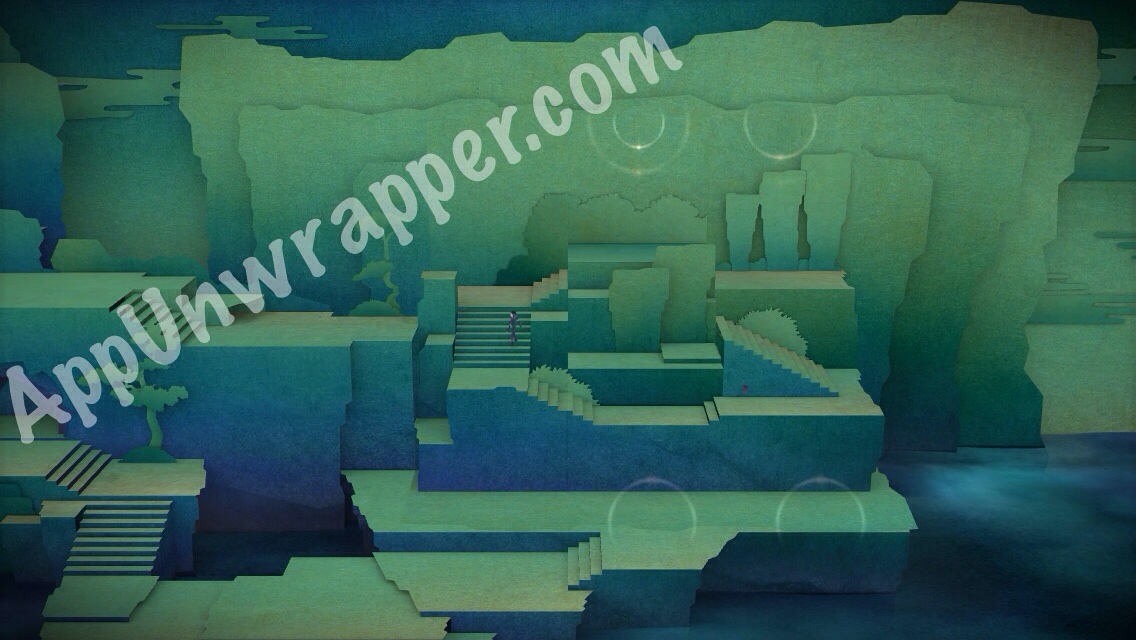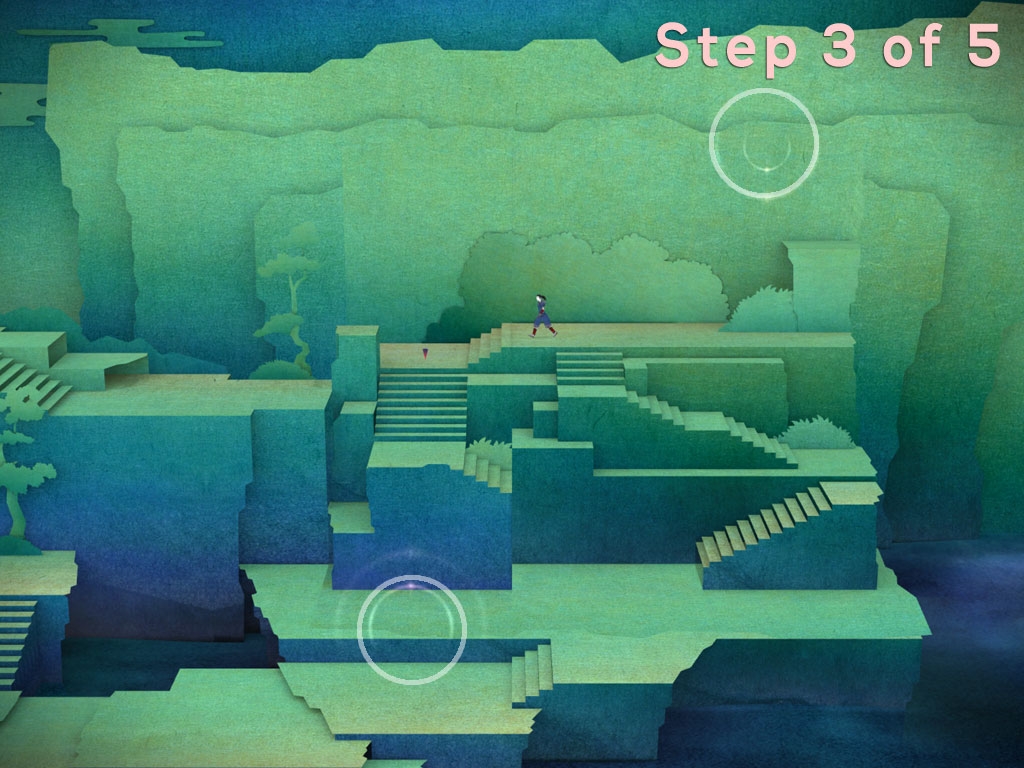

The box fold is extremely useful and forms the basis for many architectural style pop-ups such as the shrine below. An example of a more complex shape is the box fold shown below. Normally when building a pop-up you must opt to base it primarily on one or the other mechanism.įrom these two folds you can build almost anything, but it’s helpful to define some more complex building shapes that get used over and over again.

These two folds fold in different ways that lead to distinct folding motions and construction restrictions. The reason for the names should be obvious from the images below. These are called the parallel fold and the v fold. There are two basic fold types that all pop-ups are built from. It’s through the combination of simple building blocks, together with lots of imagination, that astonishingly complex pop-ups can be built. It turns out that in their simplest of forms, pop-ups are fairly straightforward.
Tengami into the light how to#
Along the way we’ve had to learn how to make real pop-ups from scratch and then figure out how to translate real pop-ups into the digital world in an efficient way. The journey to creating this pop-up world has been a long and challenging one that’s taken us over two years up until now. This folding world defines how the game both looks and plays. Even parts of the world that you don’t see fold can fold if they are required to. In this diary I am going to write about how we build Tengami‘s unique pop-up book world.Įvery scene in Tengami‘s world is constructed as an entirely authentic and working pop-up. In the first part of our diary, Jennifer gave an introduction to our game Tengami and to the team making it. This means that in addition to iOS, PC and Mac, Tengami will also make its way to the Wii U in early 2014. Since our first diary entry we have had a bit of good news, as we finally became authorized Wii U developers. My name is Phil Tossell and I am one of the co-creators of Tengami. Hi! Welcome to the 2 nd entry of our Tengami developer diary.


 0 kommentar(er)
0 kommentar(er)
